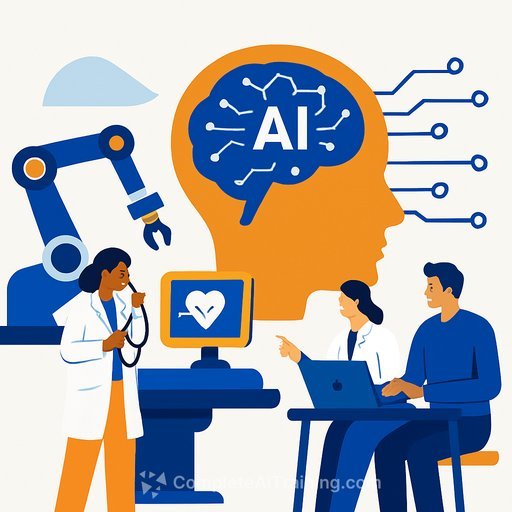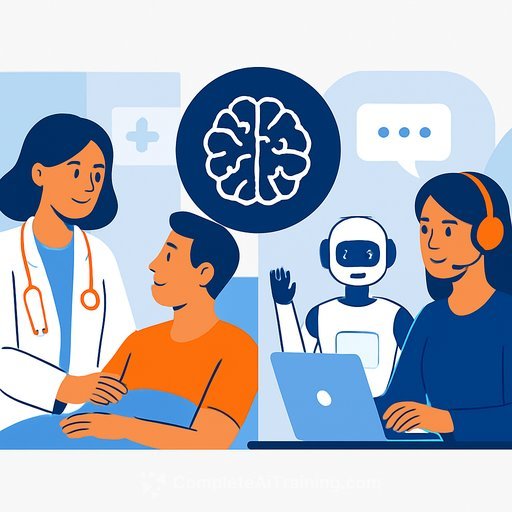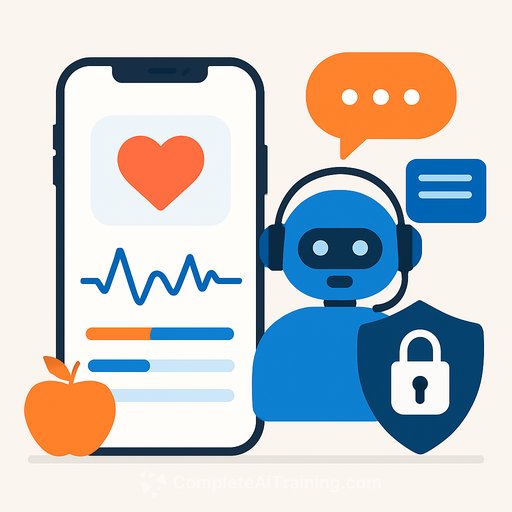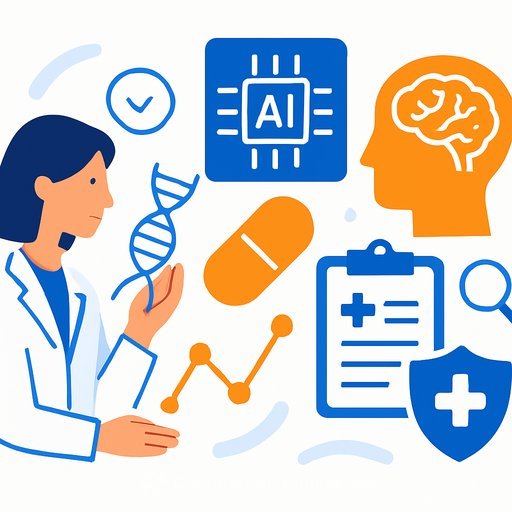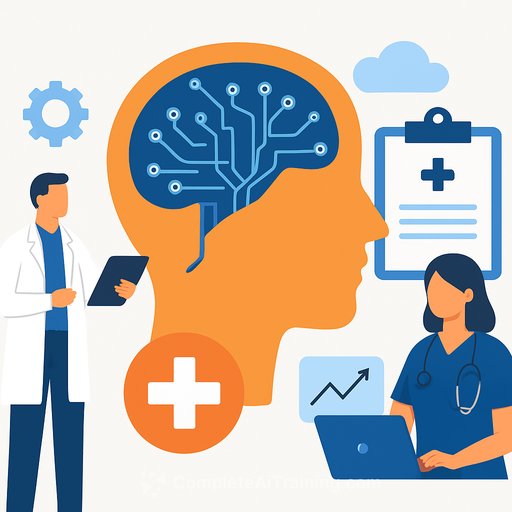Forging the Future: Health, AI and Tech in Pittsburgh
Pittsburgh hosted a global summit on how artificial intelligence and emerging technologies can move health care forward. Co-hosted by Carnegie Mellon University (CMU), the University of Pittsburgh, the Council on Competitiveness and the Global Federation of Competitiveness Councils (GFCC), the event brought together researchers, clinicians, industry leaders and policymakers focused on patient outcomes, workforce readiness and responsible deployment.
The Health, AI and Productivity Imperative
CMU President Farnam Jahanian underscored a simple idea: university research only matters if it improves lives. He highlighted Pittsburgh's tight alignment across universities, industry and government, and pointed to CMU's early bet on AI education, including the first undergraduate degree in AI and a commitment to ethical, community-centered innovation.
His outlook for clinicians and health systems: expect AI to reshape how we learn and train within a decade, from K-12 through graduate medical education and continuing professional development.
Cities as Engines for Health-Tech Progress
Theresa Mayer, CMU's vice president for research, pointed to Pittsburgh's industrial roots, energy and water resources, and recent high-level convenings on energy and AI. With significant new investment announced, the message was clear-move from talk to execution.
For health leaders, that means stronger clinical-engineering collaborations, faster pathways for medical device development and more local pilot sites that validate tech in real care settings.
AI-Powered Education for the Next Generation
Marsha Lovett, vice provost for teaching and learning innovation, emphasized agile, data-informed curricula and the need to treat education as lifelong. In practice: continuously monitor how training aligns with real clinical needs and update workflows, tools and simulations accordingly.
Research With Direct Clinical Relevance
- Adam W. Feinberg: Regenerative biomaterials and tools that help cells form tissues, including a full-size 3D bioprinted human heart model for planning and education.
- Tzahi Cohen-Karni: Bioelectronic interfaces at the nano scale; recent ARPA-H work on an implant concept for obesity and Type 2 diabetes care.
- Burak Ozdoganlar: Multi-scale manufacturing for medical devices; ARPA-H projects on cell-based thyroid implants and enabling at-home early cancer detection.
- Jian Ma: AI models to study how cells organize, regulate genes and interact within tissues-insights that inform diagnostics and therapeutics.
- Rebecca Taylor: DNA nanotechnology and micro/nanosystems that connect living cells with electronics for next-wave bio-integrated devices.
Takeaway for clinicians: these efforts point to near-term advances in diagnostics, implants, surgical planning, and new ways to study disease at the cellular level.
AI in Care Delivery: From Hype to Workflow
Carl Kingsford stressed a key truth: AI for drug discovery and treatment selection only works when physicians who know the disease guide the questions and validation. Intersections across computer science, biology and medicine are where useful tools emerge.
Pradeep Ravikumar called out practical wins already in use, like AI that listens to patient-provider conversations and drafts notes. Next step: give clinicians better control so they can steer models with context from their specialty, clinic and patient population.
Neuro care: Body-Brain Links and Better Devices
Jana Kainerstorfer shared research on how the body supports brain function, including insights from dolphins that endure low-oxygen periods. The long-term goal is clearer protocols and devices that better support the brain in trauma and critical care.
Andrew Li noted the gap between medical problems and AI methods. Bridging it requires precise problem statements, matched data and tight feedback loops between practitioners and model builders.
Investment: Where the Money Meets Clinical Reality
Meredith Meyer Grelli urged Pittsburgh's leaders to commit to building the future economy now and advised founders to choose investors whose philosophy fits their growth path. For health systems, that same lens applies to vendor selection: align incentives, validate claims, and require evidence tied to the outcomes you track.
Policy Tailwinds and Recognition
President Farnam Jahanian was honored by the GFCC for leadership in higher education, research and innovation.
Pennsylvania Governor Josh Shapiro emphasized the state's intent to lead on AI. For health organizations, expect more state-level support for pilots, workforce upskilling and partnerships that speed responsible adoption.
Advanced Manufacturing: AI Meets the Physical World
Gary Fedder highlighted robotics as a key part of advanced manufacturing but cautioned that many models are still detached from physical production. Translation from code to clinic-ready devices and reliable automation remains a practical grind-testing, iteration and standards matter.
What Healthcare Leaders Can Do in the Next 6-12 Months
- Pilot AI with guardrails: Start with low-risk, high-friction tasks (e.g., ambient scribing, prior auth documentation). Set clear success metrics, human-in-the-loop review and an opt-out for clinicians.
- Form a cross-functional AI council: Include clinical leaders, nursing, IT, data governance, compliance and patient safety. Meet monthly to approve use cases and monitor outcomes.
- Tighten data foundations: Standardize vocabularies, map data pipelines, and implement audit trails. Align with guidance from the FDA on AI/ML-enabled medical devices.
- Co-develop with researchers: Bring real patient pathways, clinician time studies and outcome metrics to academic partners; ask for prospective validation plans.
- Vet vendors like clinical technologies: Demand model cards, bias testing, drift monitoring, and real-world evidence. Align payment to verified outcomes, not promises.
- Upskill your teams: Offer focused training on prompt quality, data privacy, and workflow integration. For structured options by role, see AI courses by job.
- Anchor to ethics and safety: Review the WHO guidance on AI for health and translate it into your consent, oversight and incident response processes.
Bottom Line
Pittsburgh's summit made one thing obvious: progress happens where clinicians, engineers and operators work side by side. If you run a care team or service line, pick one workflow, set measurable goals, and build a repeatable playbook. Small wins, stacked, beat big promises every time.
Your membership also unlocks:

